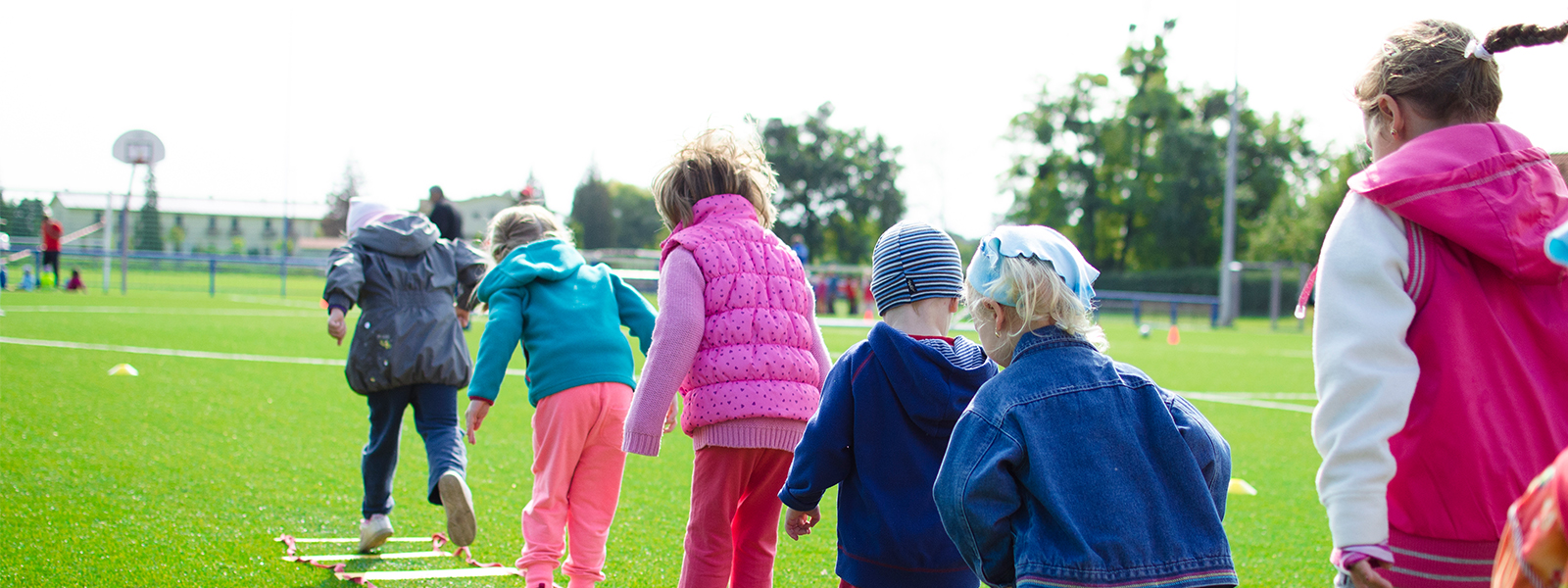March 2021
Professor Jonathan Delafield-Butt, of the School of Education, is Director of Strathclyde’s Laboratory for Innovation in Autism. He is here with co-researcher and artist Pum Dunbar to talk to us about their collaborative research into the nature of autism. Pum has autism, Jonathan does not, and together they have been working to gain insight in the nature of the disorder, and the autistic tendency for repetitive movement.
Research requires one to think with an open mind, and in our research we are asking people to think about how we address different perspectives, especially those from the lived experience of autism. We all make assumptions based on how we experience the world. These preconceptions are shaped by our individual processing styles. But the individual with autism processes their world in specific and different ways, which are often misunderstood or obliquely at odds with the typical neurological style.
Through our collaborative research project, we have sought to create new understanding of the particular needs and challenges that autism presents by drawing on Pum’s experiences with her autism, and some of the practical and creative solutions she has found that have helped her to cope, to grow and to develop in her adult life. This work is ongoing, and our first research output (available here) seeks to illuminate how fundamental, movement-based activities can benefit a body and mind shaped by autism.
Autism is a life-long condition. Its biological basis is becoming increasingly well understood. Sensory and motor problems are often prevalent and can disrupt one’s perception of their environment, and their body, and how they move in it. Physical sensations, feelings, and emotions can be disrupted. In Pum’s case, we have worked to define problems she experiences with her sense of self-agency: the ability to plan, act and feel her body as her own. There is growing understanding that autism is a condition that disrupts one’s sense of their body in movement through time and space, and consequently these movements are patterned.
Interestingly, the part of the brain responsible for this is the brainstem. But the brainstem has been overlooked in autism research, because it is not traditionally thought important for the primary characteristics of the disorder: restricted interests, social engagement and emotional regulation. Instead, the focus has been on the neocortex, the uniquely human part of the brain that deals with things like cognition, emotional processes and language. But underneath this is the brainstem, which processes all sensory and motor activity that underpin thought, and social engagement. Between what we know about these processes and the personal experience of Pum, we are beginning to better understand the fundamental nature autistic experience, and therefore how we can best care for individuals with autism to support their potential.
We have found that simple creative movement can directly attend to core brainstem issues in autism that are both psychological and neurological in nature. We focus on two particular activities Pum has developed over the last decade that give her sensory-motor integration through repetition: swimming and collage. Pum has found that her creative work as a collage artist allows her to co-opt her processing preference for repetitive, solitary, and detail-focussed activity. Collage-making is creative meaning-making and a primarily visual based medium. This allows for her visual thinking style to express itself and helps her to synthesize meanings, piecing together foreground and context in a concrete tactile picture. Swimming affords her entire body a fluid weightless medium where she can feel the feedback from her movements, which confirms her body as hers.
We emphasise the importance of integrating regular, repetitive routines into a healthy structured life pattern. Attending to the routine and not just in the collage making or physical swimming itself is important as it builds and structures a coherent and regular experience in which the activity can be safely embedded, and practiced over the years. Like the repetitive nature of collage-making and swimming, routine forms a sensory-motor pattern repeated regularly. Co-opting the autistic need for repetition into a creative and secure pattern can benefit mental and physical health.
Together co-author Colwyn Trevarthen, Professor Emeritus of Child Psychology and Psychobiology at Edinburgh, we have made recommendations for adaptation of regular routines to support individual needs and preferences. Our view is to support the individual with autism to grow and develop their experience of movement and creative activity, which in turn can help facilitate their communication and expressive range.
Finally, we note how it can be important to give people with autism space and time to be alone, and to do things in their own way. For example, the acts of collage-making and swimming can go on for many hours, but in doing so their creative and expressive qualities allow for a movement of thought and feeling. Swimming rigorously can be incredibly cathartic in the release of pent up anxiety held in the body, and collage-making allows for a sensory immersion which feels calming and integrative – it literally brings the fragmented world together.
Autism is a challenging condition that creates obsessions and compulsions. Repetitive behaviours can be destructive. Our research aims to advise how to support autistic needs and preferences by helping structure and organise routines to allow repetitive behaviours to be expressed along creative channels. In this way one can promote self-agency and coherence of experience. Ultimately, together we seek to inspire a more tolerant diverse, and accepting society open to, and accommodating of autistic needs, and those of many other differences, too.

Figure 1. Culture Clash – The art of catharsis in collision. Original collage artwork by Pum. We selected this one to show the tensions and fragility, but also beauty we all experience in encountering the ‘other’, difference. And how this coming together is both a congruous dance, and an incongruous conflict. Neurodiversity Week helps us to recognise, and reflect on its benefits, tensions, and the harmony we create in finding the best way forward, together.
More of Pum’s artwork is also on display at the Wellcome Trust collection here.
